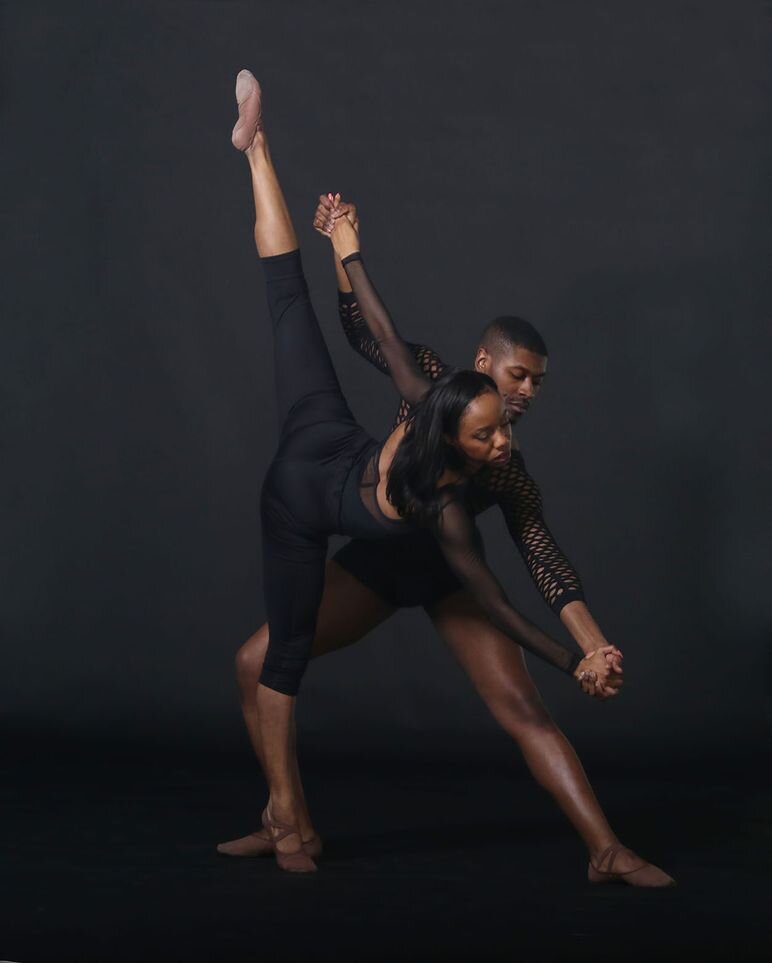By Lisa Traiger
Mysterious dreams and ominous nightmares pervade Children of Babel, the compelling evening-length journey to the past and the unknown created by Colette Krogol and Matt Reeves and the company members of Orange Grove Dance. This third installment in a planned tetralogy titled 4 Recurring Dreams, Children of Babel delves into a dream-land, drawing from stories, half-remembered and half-imagined, from Krogol and her mother, who emigrated from Cuba as part of the Mariel boatlift of 125,000 Cubans to the U.S. four decades ago.
Reeves and Krogol, joined by designer Peter Leibold, have laid out a sandy beach on the rear of the Dance Place stage. In the shadowy foreground toppled wooden chairs hint at a battle or a hasty exit, perhaps with a nod to Pina Bausch’s Café Muller. Throughout, Reeves’s environmental sound design blends crashing waves, windstorms, staticky Spanish radio, and rumbling explosions all in surround sound and roving speakers that enlivens the theater with aural verisimilitude.
A lone woman treks through the sand. Stooped, in the dim light her walk is arduous. Dancers enter, populate the chairs, bear them on their shoulders and backs, like a weighty load. The eight dancers move through the shadowy spaces that Liebold’s lights carve, stumbling, collapsing to the floor, the sand, and into each other. The sense of heavy physical release they embody builds in the foreboding atmosphere. Lined up in the now-upright chairs, they parse out semaphoric gestures in sharp unison, a mysterious sign language signaling an unknown message. Clad in everyday t-shirts, denim, and hoodies, they tumble, occasionally cling to each other and fall away.
The sharp, distinct Afro-Cuban clave rhythm beaten on sticks reverberates throughout Dylan Glatthorn’s musical score. The music and sounds become a character, populating the work with disparate voices, noises and music that builds on the dramatic arc of displacement, disconnection and yearning. Particularly, when the refrain, “Tu. Tu te quieres? Tu te quieres ir?” repeats, asking, “Do you love yourself? Do you want to go? Do you want to leave Cuba?” the sense of dislocation hangs in the air. Likewise, Leibold’s lights and the props – including portable posts with rows of headlights and a battery-operated fluorescent light stick – carried by the performers become beacons, warnings, headlights, streetlights, the outline of a distant city seen from the sea, perhaps. The superb integration of lighting, sound score and choreography throughout the 75-minute work offers rich textures and multiple layers that reflect the inherently intense emotional arc the creators mine.
Initially wooden beams propped against the white cinderblock wall recall ships masts, until the stage darkens and dancers drag and move them to reveal rows of bulbs, which shed light and shadow on various parts of the stage space. At times light pierces the darkness in singular beams or near-blinding rows, like a semi-truck speeding toward the audience. The movable and carried lights allow dancers to disappear, and mysteriously – magically – reveal themselves. At one point a performer wields a beam with bulbs and it appears to rain. Another moment shadowy fingers and hands undulate and wave so subtly and dimly, you may second guess whether it occurred. As Children of Babel builds, movement accretes in intensity – athletic solos, particularly from Reeves and lanky Shanice Mason, dancing in the sandy landscape -- heighten the energy. Then the company returns to the seated gestural language, rooting the viewer back to the beginning. The sound score, too, intensifies to anxiety-inducing levels, with rumbles, explosive pops, a multiverse of Spanish voices, and then the piece cycles back – to the clave, to the voiceover questions, to the early walking with chairs. Have we come full circle? Returned to the beginning? Entered a new space?
The indeterminacy, the heightened mystery and anxiety, the elemental sense of displacement and dislocation continue to haunt, until only darkness and the sounds of the sea remain.
Photos: Orange Grove Dance, courtesy Dance Place

















